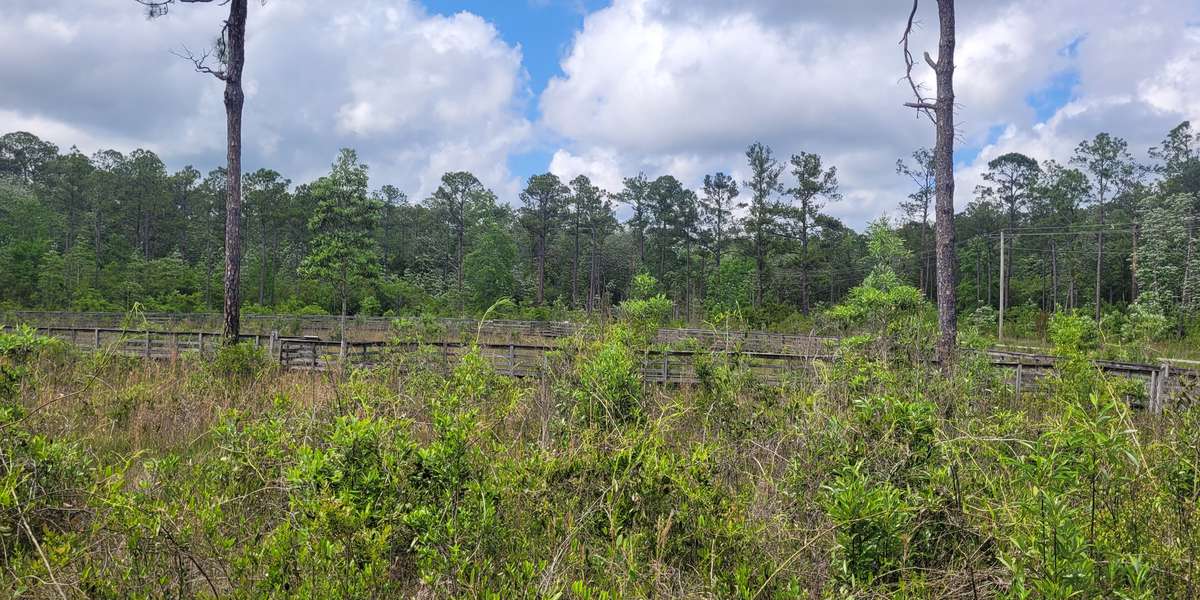2022
2023
2024
May 5, 2022 at 2:49 PM

Weeks Bay Reserve Pitcher Plant Bog
About this site
Gulf Coast pitcher plant bogs are among the most diverse habitats for flowering plants in North America. Most bogs where carnivorous plants occur are open and sunny and contain nutrient poor, acidic soils. Carnivorous plants obtain some of their nutrients by capturing and digesting insects and other small creatures. Pitcher plants attract and drown prey within their tubular, modified leaves, while the sticky hairs on the leaves of sundews trap insects much like fly-paper would.
Pitcher plants begin to blossom in the early spring followed by the emergence of pitchers and the blooming of many orchids in late spring and summer. In the fall expect to see wildflowers that serve as hosts for several species of butterflies.
A part of Weeks Bay's restoration activities includes prescribed burns of the bog. While the immediate effects of a burn might appear devastating, the plants and animals that call the bog home are quick to recover.
About Weeks Bay National Estuarine Research Reserve
Weeks Bay Reserve was established in 1986 and is managed by the Alabama Department of Conservation and Natural Resources as part of NOAA's National Estuarine Research Reserve System. The visitor center offers the public opportunities to learn about coastal habitats through exhibits, live displays and collections of animals and regional plants. Self-guiding nature trails wind through wetlands, marshes, forests and a pitcher plant bog.
For nature-lovers
Explore chronologs
For organizations
Chronolog is a monitoring tool for parks, nature centers, wildlife organizations, schools, and museums worldwide. With over 100,000 contributors across 300 organizations, Chronolog is on a mission to engage communities with nature while recording important natural changes.
© Chronolog 2025 | Terms